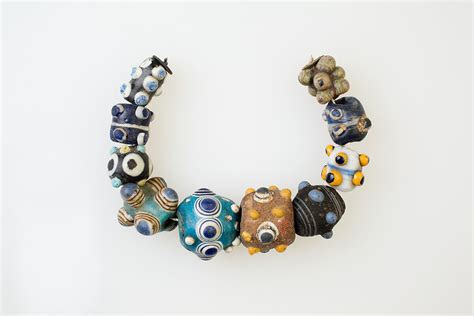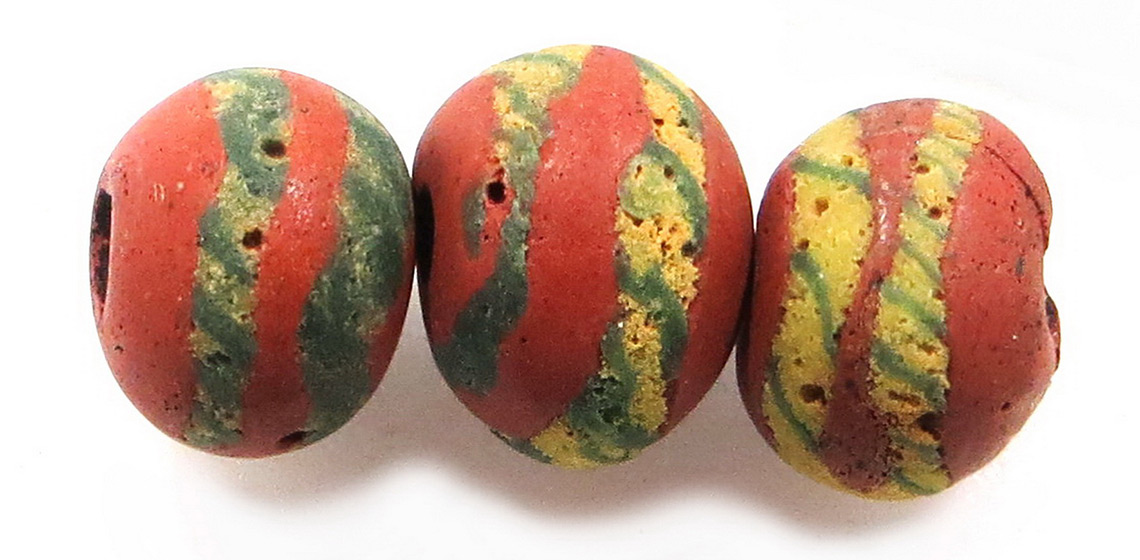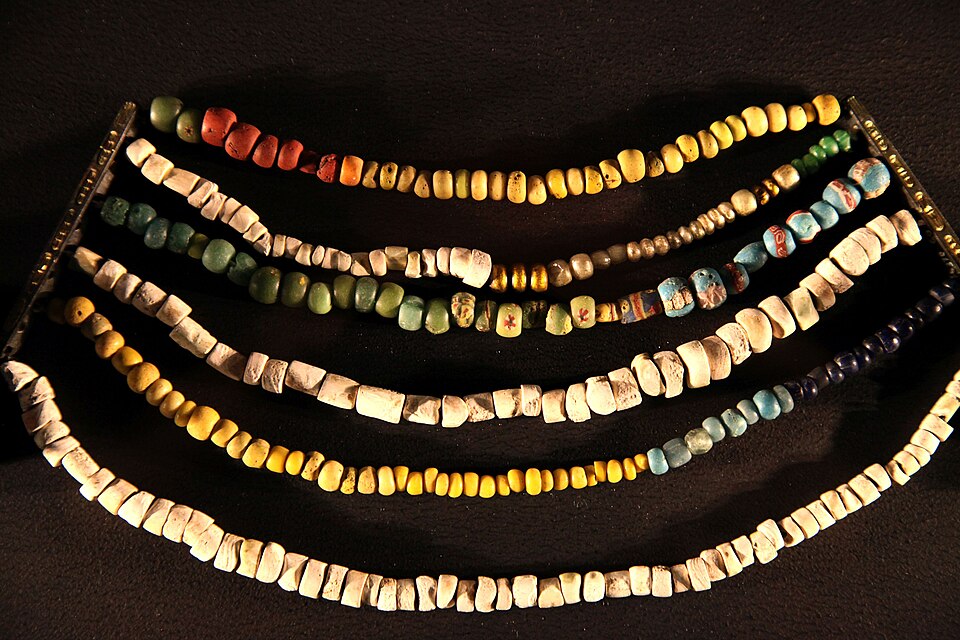Beads were global long before the internet.
Long before planes, trains, and TikTok, beads were making their way across oceans and deserts, connecting people and cultures. These tiny treasures were some of the earliest global travelers (via trade routes), the stories and the history they can tell us is incredible.
The First International Travelers
Indian beadmakers were crafting glass beads that made their way to Africa and Southeast Asia via the Indian Ocean trade routes. Middle Eastern glass found new life as recycled beads in Southeast Asia. It’s like a relay race of creativity and craftsmanship.

Europe Gets in the Game
By the 16th century, European factories were churning out glass beads like crazy. These mass-produced beads flooded African markets, changing local art and culture. While this had complex implications, it also shows how beads became symbols of adaptation and resilience.
Color & Pattern: The Bead Language
Beads speak in color and design. In West Africa, yellow and gold can symbolize wealth and power. Viking beads often had geometric patterns that may have said something about your clan or social status. But the meanings weren’t universal. One color might represent joy in one culture and mourning in another. Every bead has a context, and that’s what makes them fascinating.

Next Time:
In the last blog of the series, we’ll take a peek behind the flame and look at how beads are actually made from ancient methods to the mesmerizing magic of modern lampworking. – RoseG


